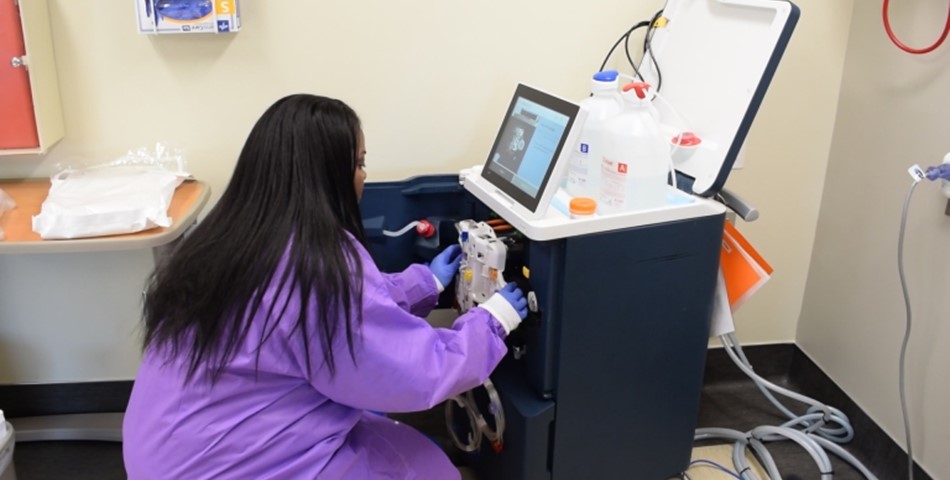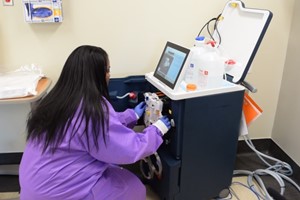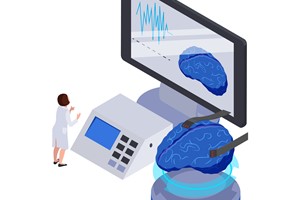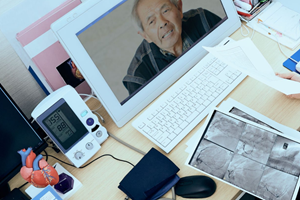The pandemic has many of us relying on technology in new ways. And it prompted some innovation, including in the health care sector.
For example, patients who need dialysis on a regular basis mostly go to clinics or hospitals, but during the pandemic, more kidney patients wanted to have their treatments at home.
And, as “Marketplace Tech’s” Jesús Alvarado explains, new technology may make that a bit easier.
If you have kidney failure, you need to mechanically remove excess liquids and other toxins from your blood as often as several times a week. It’s not easy, but it is getting easier.
“Sometimes this clicking, which is just the machine is priming, getting everything, the lines flowing, and the treatment will start any minute,” said Liz Henry, a caregiver to her husband, Dick.
For the past 15 months, Liz Henry has been helping her husband with his dialysis treatment at home. They no longer have to make the commute to a treatment center, which can take a big chunk out of the day.
“You’re locked in here. And then you need to get there and you need to be on time. And maybe the other person isn’t finished yet,” she said.
It’s a big change for them.
“There’s no travel time,” said Dick Henry. “We just get up in the morning, and we arrange our day. …’OK, let’s do the process right now.'”
That’s exactly what Leslie Trigg envisioned.
She’s the CEO of Outset Medical, the company that developed the dialysis machine Dick Henry uses. Outset connected us with the couple.
Trigg saw the dialysis patient population growing, with treatment expenses topping $75 billion a year in the U.S. But treatment and tech were lagging.
“From an innovation standpoint, it has been rather frozen in time, with a service model and equipment largely from the ’80s and the ’90s,” Trigg said.
Her team developed Tablo, an at-home dialysis machine the size of a minifridge. It includes a 15-inch filtration system and a cloud-connected user interface, which can deliver patient data and machine maintenance checks.
For Liz Henry, the cloud connection cuts down on paperwork.
“When we go to doctor’s appointments, I [say], ‘Well, let me pull up here the last 10 blood pressures for [a] three-hour treatment.’ Everything’s right there for him.”
It took about a decade to develop Tablo and get Food and Drug Administration approval. The company declined to disclose how much these units cost for patients and insurers. Last July, patients began using it at home.
“Tablo basically shook up the market,” said Nieltje Gedney, the executive director at Home Dialyzors United, an advocacy organization. Gedney is a dialysis patient herself.
“I foresee that five years down the road, patients will be having choices in their dialysis, something they haven’t had in the last half-century,” Gedney said.
These machines are convenient and they’re a big deal, according to Gedney. “The time involved is critical because for many patients, doing home dialysis, it’s like a second job.”
And like many jobs during the pandemic, it’s one that can now, for some, be done at home.













